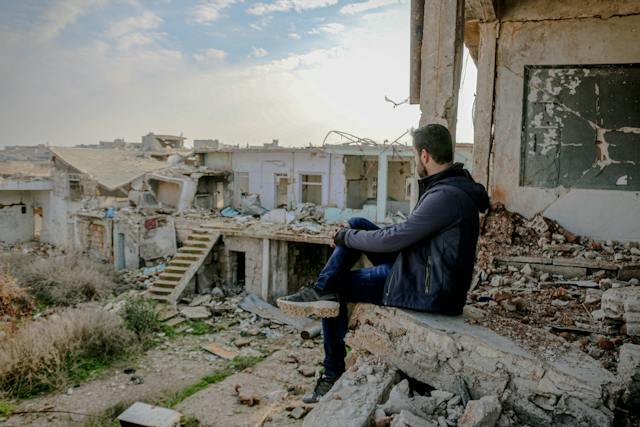In an era where climate change and natural disasters are on the rise, the importance of structural engineering in creating disaster-resilient communities cannot be overstated. Melbourne, a city known for its vibrant culture and dynamic urban landscape, is no stranger to the potential threats posed by earthquakes, floods, and other calamities. This article explores the critical role of structural engineers in Melbourne in ensuring the city's resilience in the face of disasters.
Understanding Disaster Resilience
Disaster resilience refers to a community's ability to withstand, adapt to, and recover from adverse events. In the context of structural engineering, this resilience is manifested through the design, construction, and maintenance of buildings and infrastructure capable of withstanding the forces unleashed by natural disasters. Melbourne, with its rapidly growing population and urban development, relies heavily on the expertise of structural engineers to enhance its disaster resilience.
Key Responsibilities of Structural Engineers
Structural engineers play a pivotal role in disaster resilience by employing their expertise in the following areas:
- Risk Assessment
Structural engineers in Melbourne conduct thorough risk assessments to identify potential vulnerabilities in existing structures and infrastructure. By evaluating the geological and environmental factors unique to Melbourne, these professionals can determine the level of risk posed by various types of disasters.
- Building Design and Construction
The design and construction phase is where the skills of structural engineers are most apparent. They ensure that buildings are constructed to withstand potential hazards, considering factors such as seismic activity, wind loads, and flooding. In Melbourne, where the risk of earthquakes may not be as high as in some other regions, engineers still focus on designing structures capable of withstanding a variety of potential disasters.
- Retrofitting and Renovation
For existing structures, structural engineers assess the feasibility of retrofitting and renovation to enhance their resilience. By upgrading buildings to meet current safety standards, engineers contribute to the overall disaster preparedness of the city.
- Infrastructure Planning
Structural engineers also contribute to the planning of critical infrastructure, such as bridges, tunnels, and dams. In Melbourne, where water bodies and transportation networks are integral parts of the urban landscape, engineers play a key role in ensuring the resilience of these essential components.
- Collaboration with Other Disciplines
Disaster resilience is a multidisciplinary effort, and structural engineers collaborate with architects, geologists, environmental scientists, and other professionals to create comprehensive solutions. This collaborative approach is essential in addressing the unique challenges posed by Melbourne's geographical and environmental characteristics.
The Unique Context of Melbourne
Melbourne's susceptibility to natural disasters is diverse, ranging from potential earthquakes to flooding caused by heavy rainfall. Structural engineers in Melbourne must consider these factors when designing and constructing buildings. The city's urban planning, with a mix of historical and modern structures, presents additional challenges that require innovative solutions to ensure disaster resilience.
The Role of Technology in Disaster Resilience
Technological advancements have significantly enhanced the capabilities of structural engineers. In Melbourne, the use of advanced modelling software, data analytics, and simulation tools allows engineers to predict the behaviour of structures under different disaster scenarios accurately. This enables them to fine-tune designs and optimise construction techniques for maximum resilience.
Conclusion
As Melbourne continues to grow and face the challenges of a changing climate, the role of structural engineers in disaster resilience becomes increasingly vital. Their expertise in risk assessment, design, construction, retrofitting, and collaboration with other disciplines contributes to the overall safety and resilience of the city. By focusing on the unique context of Melbourne and leveraging technological advancements, structural engineers play a crucial role in ensuring that the city can withstand and recover from the unpredictable forces of nature. In this way, they contribute not only to the safety of current residents but also to the sustainable development of Melbourne for generations to come.


No comments yet